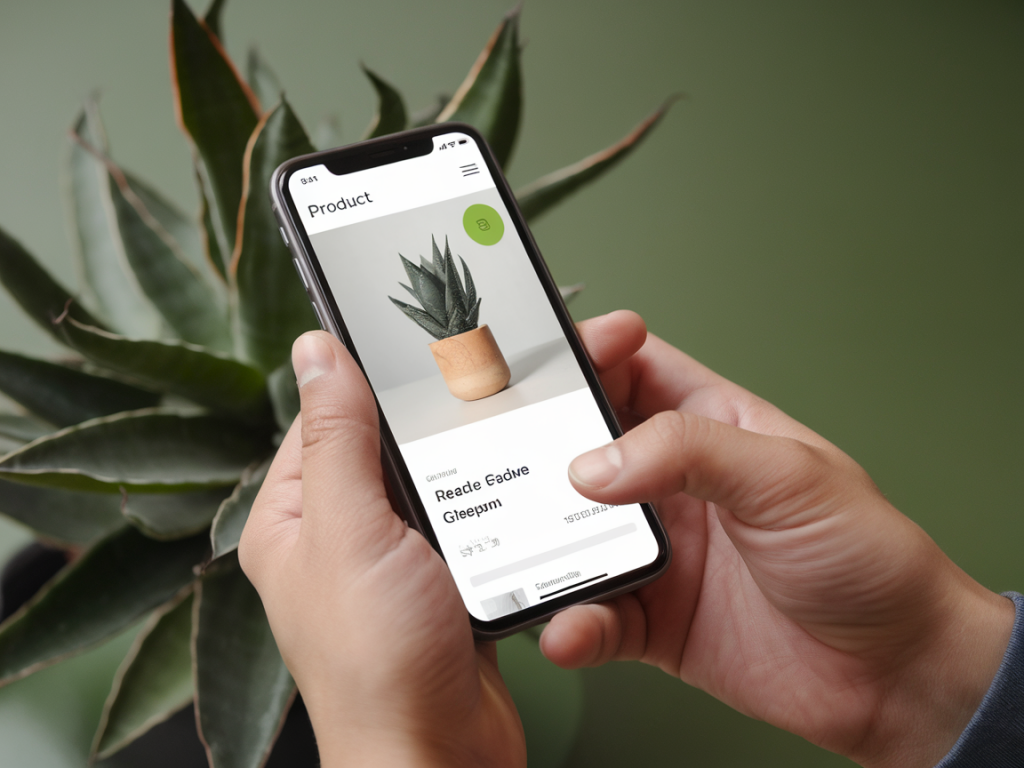If you're anything like me, you launched your e-commerce brand with big dreams, great products, and a tight budget. I’ve been there. One of the most frequent questions I receive from entrepreneurs and small business owners is: “How can I grow my e-commerce brand organically if I don't have a budget for ads?” The answer lies in building a robust inbound marketing strategy. It’s not just possible—it's powerful. And today, I'm sharing with you exactly how I’ve helped brands thrive without spending a cent on paid advertising.
Understand Who You're Talking To
Everything begins with knowing your audience. One of the biggest mistakes I see e-commerce brands make is skipping the foundational work of defining their ideal customer. If you're trying to speak to everyone, you're really speaking to no one. Instead, dive into creating detailed buyer personas: age, location, daily challenges, values, preferred content formats, and buying behaviors.
Example: If you sell eco-friendly yoga mats, your target customer might be a 30-something female living in an urban area, passionate about sustainability and wellness, and who prefers brands with a mission. Understand her lifestyle, where she consumes content, and how she makes buying decisions.
Create Content That Solves Problems
Once you've defined your audience, it’s time to attract them with content that adds value to their lives. Think blog posts, videos, how-to guides, and downloadable resources that focus on the problems your audience faces—problems your product solves.
Strategic content is at the heart of inbound marketing. And let me tell you—a well-written SEO blog article can bring in more traffic than dozens of Facebook ads. It works, but it takes consistency.
Here are some content ideas to get started:
- How-to guides using your product
- Buyer's guides (e.g., “How to Choose the Right Yoga Mat for Your Lifestyle”)
- Behind-the-scenes of your product creation process
- Customer stories
- Industry news and your take on it (especially useful for building topical authority)
SEO: The Long Game Worth Playing
I often describe SEO as planting seeds that grow into a sustainable forest of traffic over time. It’s not instant—but wow, is it worth it. On Inbound SEO, I dive deep into actionable SEO strategies, but here’s a simplified breakdown you can start implementing today for your e-commerce brand:
- Optimize product pages: Use keyword-rich titles, meta descriptions, and detailed product information. Include customer reviews (great for keywords and trust).
- Blog with purpose: Every post should target a specific keyword your customers are searching for. Use Google’s autocomplete and tools like Ubersuggest or AnswerThePublic to find queries.
- Don’t forget technical SEO: Improve page speeds, compress images, and ensure your site is mobile-friendly. Tools like PageSpeed Insights or GTmetrix are helpful allies.
Your e-commerce brand doesn’t need ads if Google brings the right people to your products organically. By consistently updating content and targeting the right keywords, you'll set up a traffic-generating machine.
Leverage Email Marketing (Yes, It Still Works)
You might think email is outdated, but in inbound marketing, it’s your golden tool for nurturing leads. If you're not building an email list, you're losing long-term revenue. Here’s how I build lists organically with my clients:
- Create a lead magnet (e.g., a discount code, mini e-book, quiz results, or exclusive early access)
- Use pop-ups or slide-ins sparingly on your website, offering value in exchange for their email
- Send nurture sequences—automated emails that educate your prospect and slowly introduce your products
For example, an ethical skincare brand I worked with offered a “10-Day Natural Skincare Challenge” via email. During the course, subscribers learned skincare tips and, without pushing, were introduced to products at just the right times. Conversions skyrocketed—and all without a single paid ad.
Lean Into Social Proof and Community
Inbound isn’t just about content; it’s about connection. Encourage user-generated content (UGC), showcase customer reviews, and create space for community-building. People trust people—especially when they’re raving about your brand.
Tip: Start a branded hashtag on Instagram, share behind-the-scenes content via Stories, and respond to every comment or DM. Make your customers feel seen—they’ll respond by becoming ambassadors.
Platforms like TikTok and Instagram Reels allow you to go viral without spending money, so don’t be afraid to test trends strategically. I helped a boutique candle brand grow their following from 1K to 25K in a few months using simple customer reaction videos and packing order footage—no acting, no expensive gear, just authenticity.
Collaborate to Expand Reach
This is one of my favorite low-cost growth hacks. Find micro-influencers or adjacent brands with overlapping audiences (not competitors) and collaborate. Guest blogging, Instagram Lives, podcast interviews—all of these put your brand in front of new eyes.
For instance, if you sell vegan snacks, partner with a fitness influencer known for clean eating. Offer a value exchange—not payment. A free box of your products in exchange for honest content can do wonders. I’ve seen micro-creators convert more than paid celebrity influencers because their audiences are more engaged.
Measure What Matters
One of the secrets to successful organic growth? Tracking. Use Google Analytics, Search Console, and social insights to understand what’s working. Don’t waste energy creating 10 blog posts a week if 2 strategic ones bring 90% of the traffic.
| Tool | Purpose |
|---|---|
| Google Analytics | Track user behavior, traffic sources, and conversions |
| Google Search Console | Find keywords you’re ranking for, identify crawl issues |
| Hotjar | See how users interact with your site (heatmaps, recordings) |
| Email platform analytics (e.g., MailerLite, Klaviyo) | Track open rates, click-throughs, and subscriber growth |
Let your data guide your content, SEO, and engagement strategies. Organic growth isn’t about luck—it’s about listening and iterating.
Growing your e-commerce brand organically is absolutely doable, and honestly, it’s one of the most rewarding journeys I get to walk with my clients. No massive ad budget, no influencer spends. Just pure connection, value, and intentional strategy.
